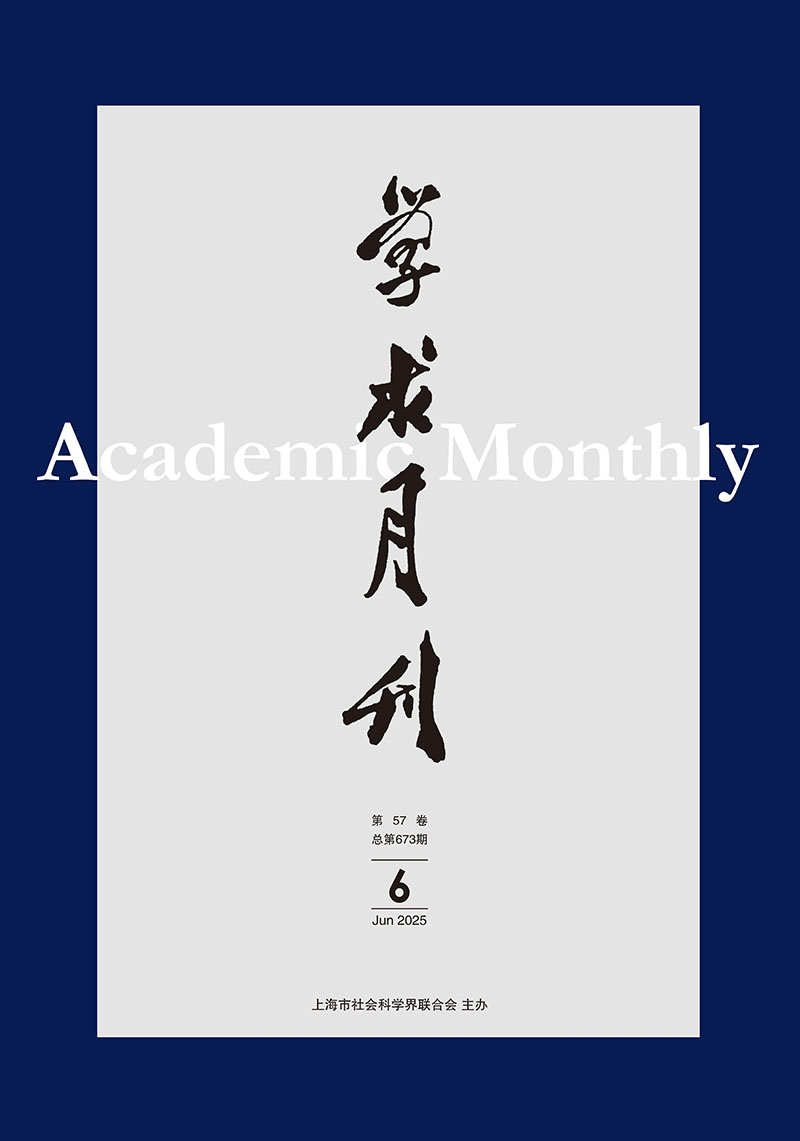On the Method of Determining Originality of Works in Copyright Law
Abstract: It cannot be concluded from the rule of distinguishable variations, the specific historical narrative that the focus of modern intellectual property law has shifted from labor to the object, the factual act nature of creation actions, and the postmodern philosophy that the author is dead, that the originality of works is not related to the creative process. The meaninglessness of the creative process does not explain the coexistence of rights, independent creation, the overall humanistic view of copyright law and so on. In the creation process, the subject provides the will, the will governs the behavior, the behavior achieves the result, and the combination of the three is the choice. The reason why originality judgments rely on an examination of the creative process is that they require to establish an exclusive relationship between the creator and the work. Denying stopping at the creation results further stems from the relational nature of the law itself. The difference-in-results argument is merely a commonplace assumption that enhances the efficiency of legal reasoning, and the existence of distinguishable differences does not mean that there is originality. Philosophically, process and result are also not a dichotomy, but a division. When making specific judgments, expressions should first be categorized according to the creative process in a more detailed manner than the statutory types of works, and whether there is room for trade-offs should be judged by the usual creative process of similar works. Later, it should be judged whether the act of creation and the will to create are sufficient to indicate the specific relationship. What is ultimately to be realized in the activity of judging originality is the particularization of the identity of the subject, not only the particularization of the object.



 沪公网安备 31010102003103号
沪公网安备 31010102003103号 DownLoad:
DownLoad: